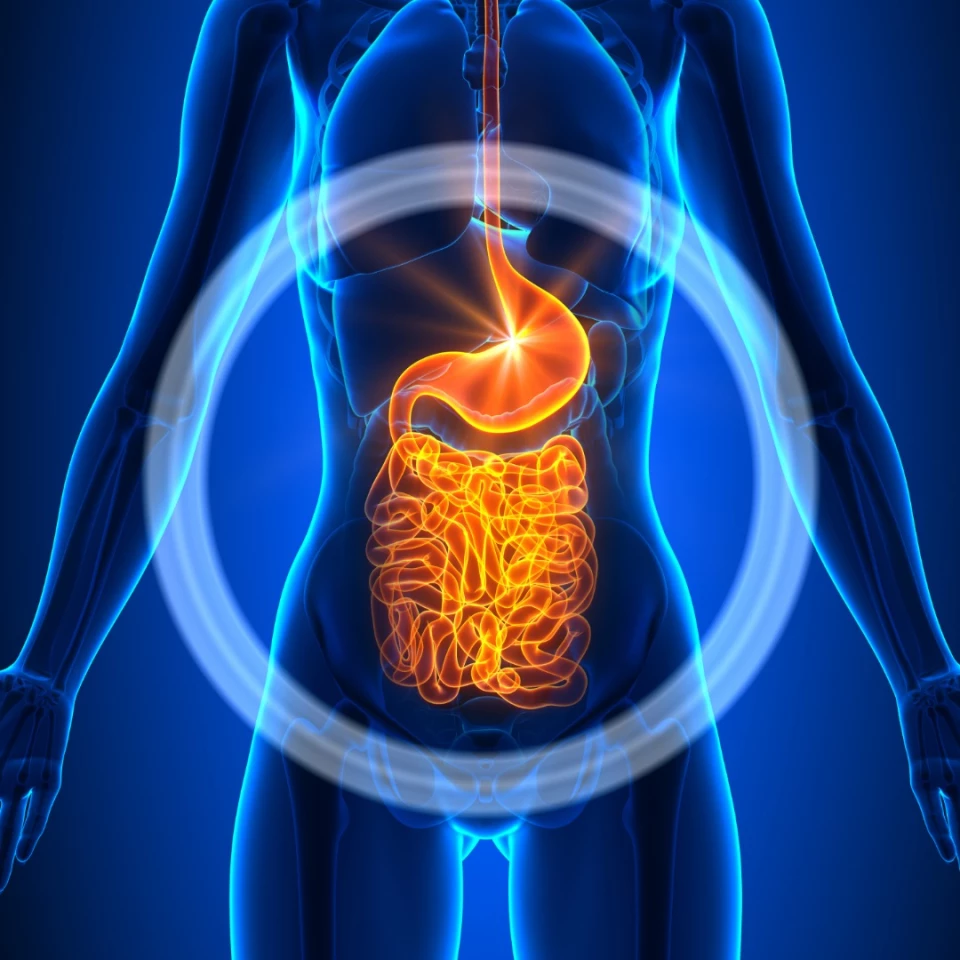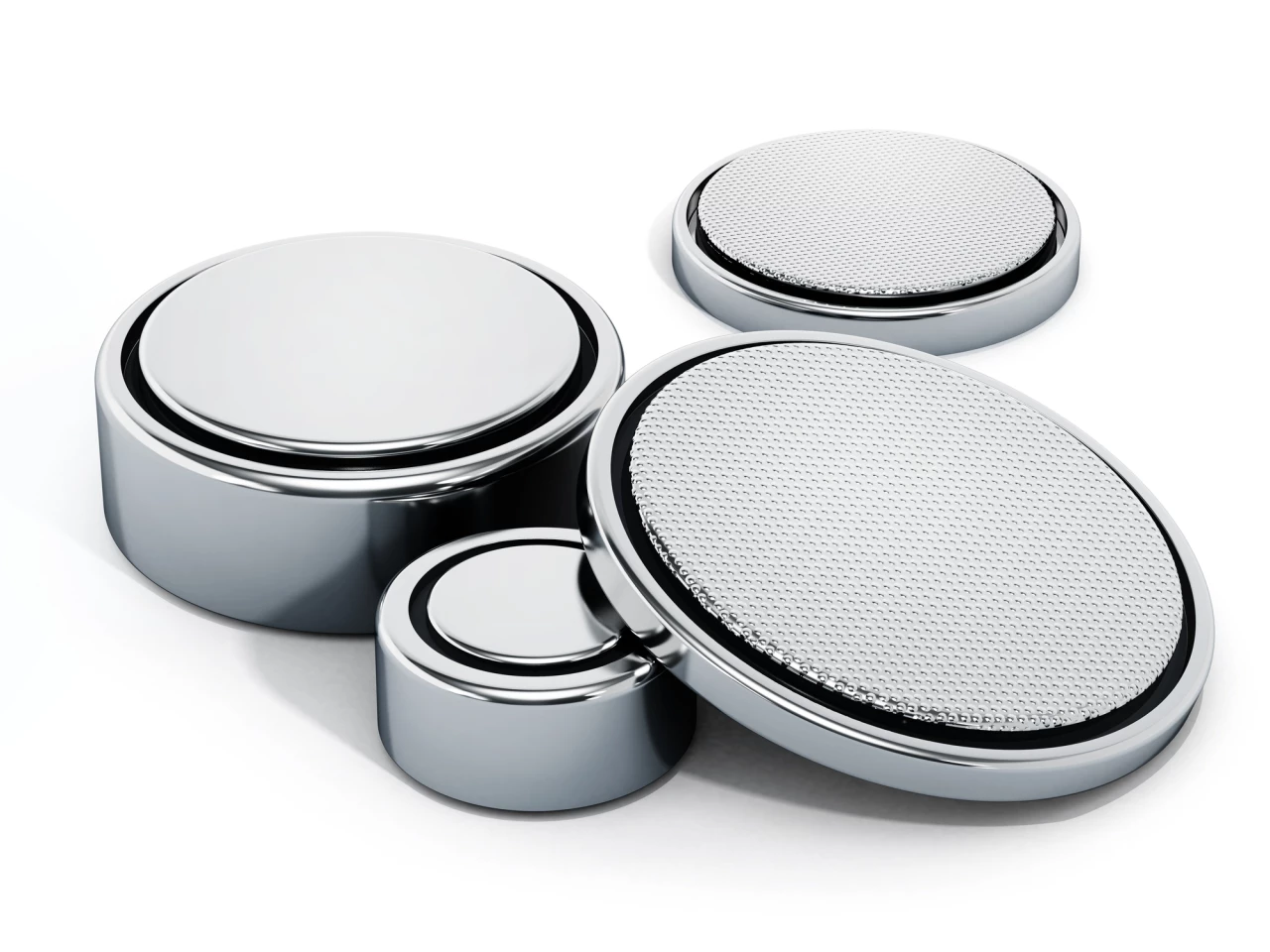As 2019 draws to a close it's time to ponder the year that was with a look back at the science and technology stories that really piqued the interest of New Atlas readers. Reflecting the diversity of our content and our audience, there's a little bit of everything on the list – from jet-powered drones to rubbery concrete to psilocybin therapy.
Psilocybin for major depression granted Breakthrough Therapy by FDA

In November the US Food and Drug Administration (FDA) granted psilocybin therapy a Breakthrough Therapy designation for the second time in a year, this time with a view on accelerating trials testing its efficacy treating major depressive disorder (MDD).
This new FDA Breakthrough Therapy approval focuses on a seven-site, Phase 2 trial currently underway in the United States. Coordinated by a non-profit research organization called the Usona Institute, the trial is exploring the antidepressant properties of a single psilocybin dose in treating patients with major depressive disorder ... Full Story.
Fecal transplants result in massive long-term reduction in autism symptoms

In April we looked at another in a long list of examples of the connection between the gut microbiome and human health, this time relating to autism. The study out of Arizona State University demonstrated how boosting microbial diversity via fecal transplants can dramatically reduce autism symptoms in the long term ... Full Story.
Rubbery concrete is made to take hits without cracking

Developed by scientists from the Military Studies Center at Russia's Far Eastern Federal University, this new type of concrete doesn't simply use pure cement as a binder. Instead, approximately 40 percent of the cement is replaced with a binder made up of rice husk cinder, limestone crushing waste, and silica sand. This substitution gives slabs of the concrete a somewhat rubber-like quality, allowing them to contract and spring back when subjected to impacts, instead of cracking ... Full Story.
India pulls in the sharpest Moon surface images ever taken from orbit

Despite the loss of the Vikram lander following a touchdown attempt in September, there was still much science to celebrate in India's Chandrayaan-2 mission, including stunning imagery relayed by the orbiting spacecraft that reveals the lunar surface in unparalleled detail ... Full Story.
Scientists solve the mystery of hardening arteries, and find solution in a common drug

In June we looked at a landmark study, led by a team of scientists from King's College London and the University of Cambridge, that described the mechanism responsible for the hardening of arteries. The research also points to a common antibiotic as a potential new treatment to prevent this condition ... Full Story.
HET electric motor massively boosts power, torque and efficiency, reduces weight and complexity

Electric cars are gaining serious traction as the decade comes to a close, and this story from August about a new invention by a Texan father-and-son team certainly gained the attention of our readers. The claim is that this new design for an electric motor design can massively reduce the size and complexity of electric powertrains, while also significantly boosting efficiency and doubling the torque output ... Full Story.
Jet-powered VTOL drone is like a quadcopter on steroids

Announced last month, Texas-based FusionFlight's AB5 JetQuad is billed as "the world’s smallest and most powerful jet-powered drone with vertical take-off and landing [VTOL] capabilities." Instead of the usual four electric motors and propellers, the current prototype has four diesel-powered microturbine jet engines which produce a combined 200 horsepower (149 kW) at full throttle. Thanks to a proprietary vectoring system known as the H-Configuration, the thrust from these engines can be directed either to move the drone vertically when taking off and landing, or horizontally while in flight. Full Story.
Solid state battery breakthrough could double the density of lithium-ion cells

Breaking the bottleneck in battery chemistry has been a big focus of research in 2019, and one promising development out of Australia may help do just that. Researchers at Australia's Deakin University used common industrial polymers to create solid electrolytes, opening the door to double-density solid state lithium batteries that won't explode or catch fire if they overheat, dubbing it "the first clear and useful example of liquid-free and efficient transportation of lithium-ion in the scientific community." Full Story.
"Unlimited range" stealth e-bike never needs plugging in

With the motor, sensors and battery built into a discreet hub unit, the Nua Electrica is barely distinguishable from a regular fixie, and its innovative "self-charging" mode means you can get away without ever charging it. Weighing in at just 13 kg (28.6 lb) thanks to a full titanium frame, the Nua Electrica remains the stealthiest single-speed e-bike we've seen to date. Full Story.
New experimental drug rapidly repairs age-related memory loss and improves mood

Last on the list of our 10 most popular stories of 2019 is a fascinating new experimental drug we covered back in February. The drug developed by scientists in Canada is purported to result in rapid improvements to both mood and memory. The research is still at a very early stage, but the drug has been demonstrated as safe and effective so far in animal experiments and it is hoped it will move to human trials within the next two years. Full Story.




